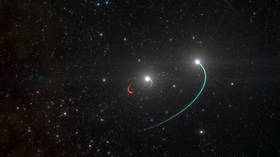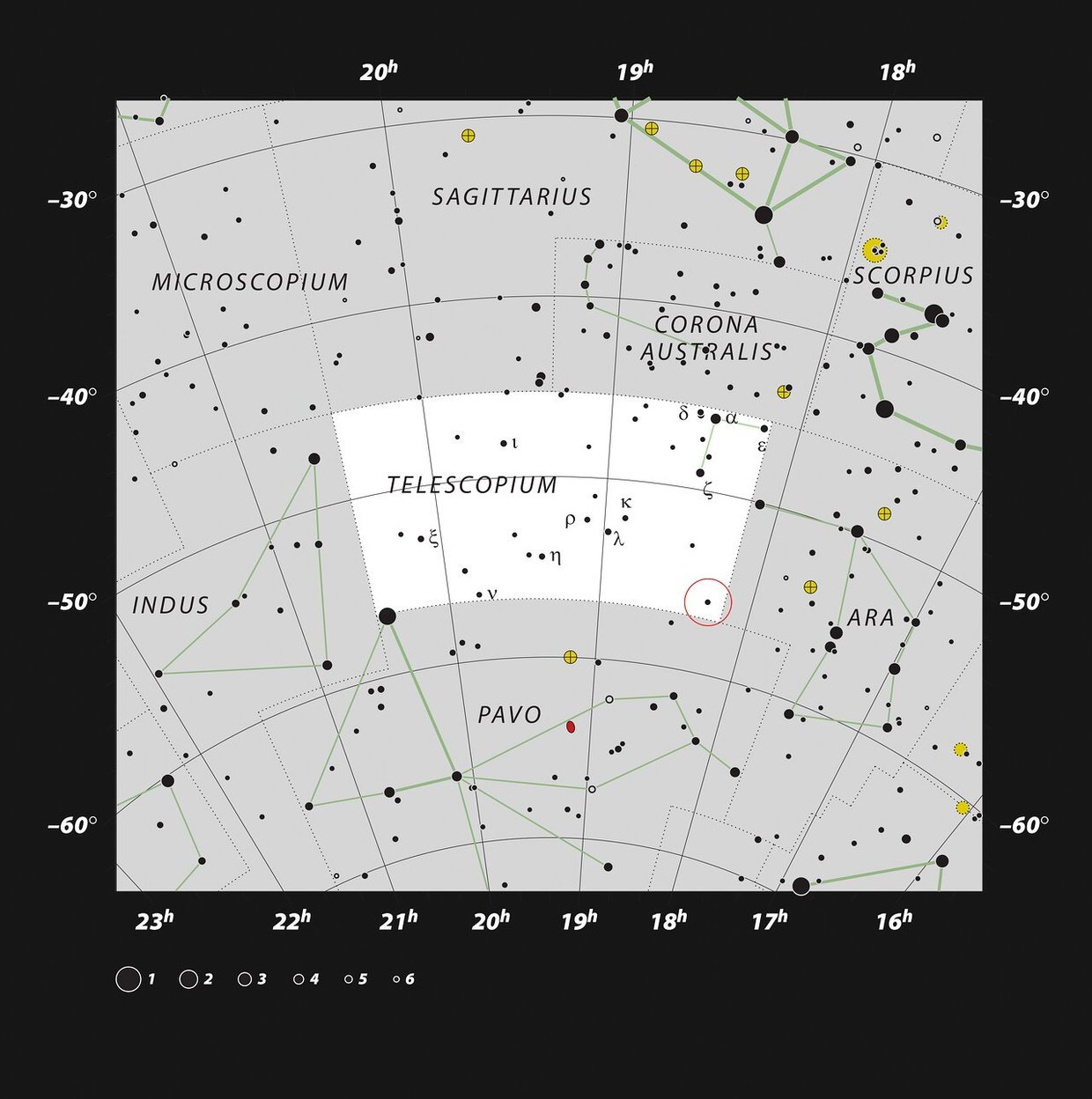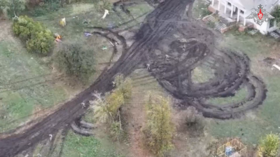Closest black hole to Earth discovered just 1,000 light years away, ‘VISIBLE’ to the naked eye

Astronomers at the European Southern Observatory have identified the closest black hole to our solar system yet discovered and, as it turns out, it’s been hiding in plain sight and is actually visible to the naked eye (kind of).
The black hole in question is 1,000 light-years from Earth in the Telescopium constellation and forms part of a triple system, called HR 6819, which is how the ESO stargazers managed to find it in the first place.
They initially tracked the black hole's two companion stars using the 2.2-metre telescope at ESO’s La Silla Observatory in Chile. But when poring over the data, it showed that one of the two visible stars in the system orbits an invisible, but massive, object roughly four times the mass of our sun, every 40 days and that the other star in the pair is located a significant distance away.

"We were totally surprised when we realised that this is the first stellar system with a black hole that can be seen with the unaided eye,” says Petr Hadrava, Emeritus Scientist at the Academy of Sciences of the Czech Republic in Prague and co-author of the research.
In fact, the HR 6819 system can be viewed from the southern hemisphere on a clear, dark night without the need for binoculars or a telescope.
What’s more, the astronomers believe this could just be the tip of the iceberg and that many similar black holes in our vicinity could be discovered in the future.
“This system contains the nearest black hole to Earth that we know of,” says ESO scientist Thomas Rivinius.

The black hole is what is known as a passive stellar-mass black hole and is one of very few of its kind that we know of that don't violently interact with their surroundings, making them "truly black."
To date, astronomers have only discovered a few dozen black holes within our galaxy, but most interact rather aggressively with their surroundings, laying waste to all they encounter and emitting powerful x-rays in the process. The silent and invisible HR 6819 behaves entirely differently, throwing open the possibility that there are many more laid back, truly black holes out there in our galactic vicinity.
“There must be hundreds of millions of black holes out there, but we know about only very few. Knowing what to look for should put us in a better position to find them,” says Rivinius.
Astronomers are already turning their attention to another system called LB-1 based on their observations of HR 6819.
Also on rt.com Astronomers detect ferocious storms wheeling across surface of ‘failed star’ 6.5 light years away (VIDEO)Think your friends would be interested? Share this story!













